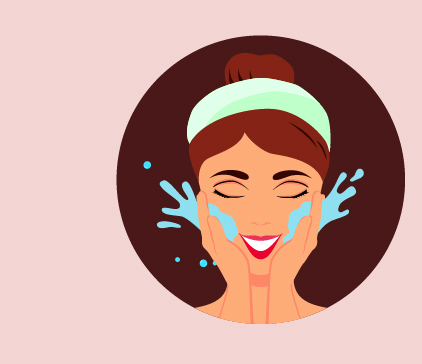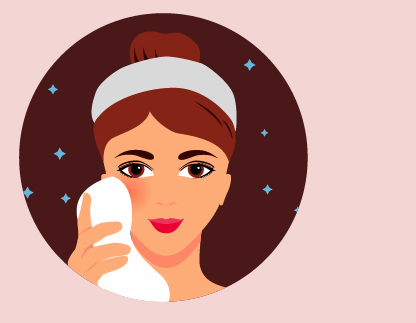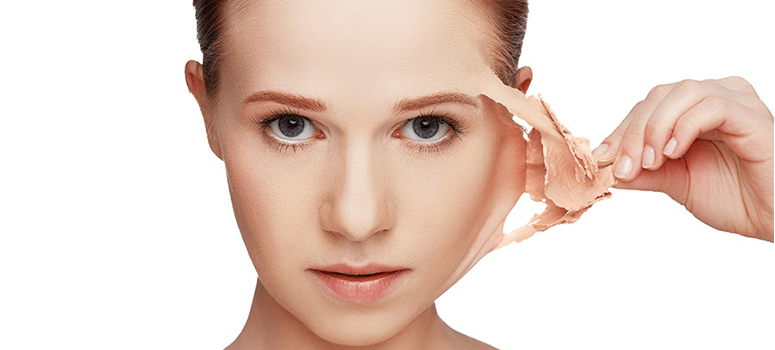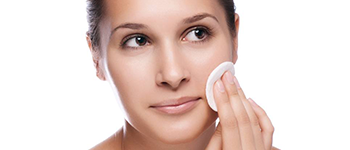Do you sometimes wish that every time you wake up in the morning you find yourself feeling fresh as a daisy with clear skin? But when reality strikes, do you see those stubborn zits, dark spots and a tired-looking face? Super-expensive products or treatments aren’t always the solution. First, you need to understand your skin so you can take the right steps to keep your skin healthy and radiant.
If you have persistent acne or breakouts there’s a good chance you have oily skin. So, what causes the skin to become oily? Oily skin happens when the sebaceous glands overproduce sebum in your skin. Sebum is known to protect, hydrate, and keep the skin healthy but too much of it can lead to oily skin, acne, and clogged pores.
This is why people with oily skin need to form a regular skincare routine. It is not easy to live with acne or breakouts but if you follow a few beneficial skincare tips, it makes your job easy.
However, before we get to the prevention and treatment options for oily skin, let’s take a look at its symptoms.
Symptoms of Oily Skin
Oily skin is usually seen to affect your face. So, if you see any of the following symptoms, you most likely have oily skin.
- Shiny or greasy appearance
- Large pores on the skin
- Thick or rough skin
- Persistent pimples or breakouts
- Clogged pores and blackheads
The severity of these symptoms will vary in different individuals and sometimes genetics too have a role to play in how oily the skin becomes. There are cases wherein hormonal changes or high-stress levels have also increased the production of sebum in the skin.
If you’re still unsure whether you have oily skin or combination skin, a patch test at home will help you determine your skin type easily.
How to take a test at home to determine your skin type?
Before you learn how to determine your skin type at home, there’s one thing you need to know first – the difference between skin type and skin concerns. Wrinkles, aging of the skin, hyperpigmentation, or temporary dryness are concerns that can affect any skin type. For instance, acne-prone skin isn’t a skin type as people with all skin types can struggle with acne. Therefore, you need to know that skin concerns can change over a period of time but your skin type usually remains the same.
WITH A TEST AT HOME

#Step 1
Wash you face with a gentle cleanser to remove makeup, dirt and impurities.

#Step 2
Pat your face dry with a soft towel and let your skin breathe.

#Step 3
Let your skin sit for an hour and then look closely to
note the quality of your skin.
If you notice itchy and tight skin along with flaky patches, it is a sign of dry skin. In the case of greasy and shiny skin, especially in the T-zone, it is a sign of oily skin. If it’s just the T-zone that’s oily and the rest of the skin seems dry, you have combination skin. Lastly, if your skin gets red or itchy, irritated, or inflamed, you have sensitive skin.
Now that you know how to check your skin type at home, you also need to keep one more thing in mind. Whatever your skin type, make sure you do a 24-hour patch test on your arm before applying any product to your face. This way you can always ensure that you don’t get any allergic reaction to a product.
Let’s now take a look at different ways you can reduce the symptoms of oily skin.
- 1. Wash your skin regularly with a gentle cleanser and lukewarm water as it reduces the amount of oil on the skin.
- 2.Avoid harsh, fragrant soaps which irritate your skin and overproduce sebum.
- 3. After washing your face, pat it dry with a soft towel instead of scrubbing it.
- 4. You can use blotting papers that are absorbent and help pull oil from your skin. They won’t stop sebum production however, they can help lift the excess oil off of your face.
- 5. Use a facial mask that’s specially designed to treat oily skin. It may contain honey, clay, and even oatmeal that could soothe irritated skin.
- 6. While most people with oily skin avoid using moisturizers, using the right one will help keep the skin hydrated and protected without making it look and feel greasy. An aloe vera-based moisturizer does wonders for oily skin and can prove to be quite effective.
Preventive Measures
If genetics and hormonal changes are the reasons for your oily skin, it is difficult to prevent or control the overproduction of sebum. However, a regular skincare routine can help ease the greasiness and other skin issues caused by oily skin.
If you’re using makeup, make sure you do not use any oil-based products as it can only aggravate the acne or clog your pores causing a further breakout. Water-based or no makeup is the best option for people with oily skin.
Apart from this, eating a healthy diet that’s devoid of any fried and oily foods will prevent the skin from acting up.
You must have already noticed that oily skin needs extra care because it is quite sensitive, to begin with. There are always some tricks you can try that need only a few ingredients in your kitchen but following a proper skincare routine with the right products would ensure a quick way to keep your skin healthy, get rid of the acne, and prevent any future outbursts. Just take a bit of extra care to nourish your oily skin and learn to embrace your skin just the way it is but with care.

















